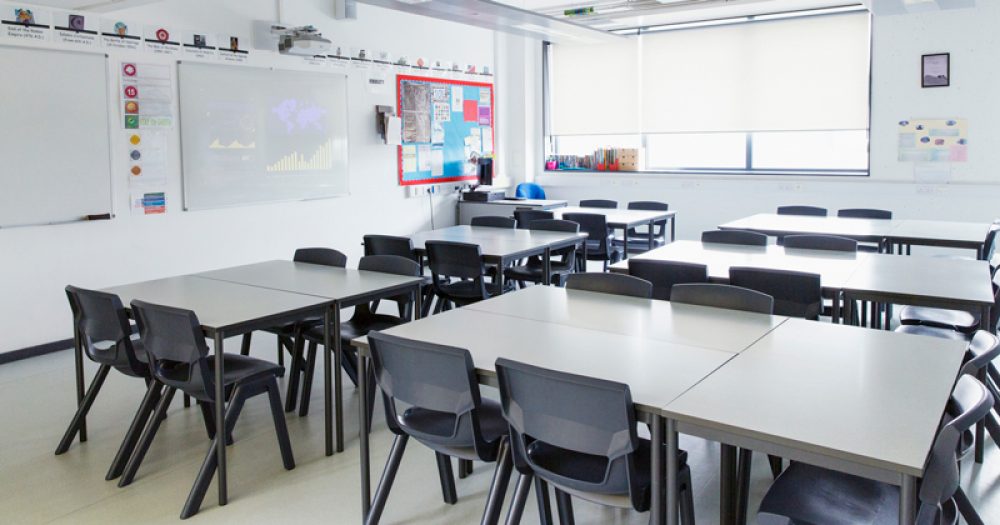Attendance in schools has varied hugely across England this term, new data shows, with rates in the week before half term up to eight times higher in some parts of the country than in others.
Analysis by Schools Week of government data on attendance by local authority area shows secondary attendance on February 11 ranged from 1.2 per cent in Medway to 9.7 per cent in Blackpool. The average attendance rate for secondaries nationwide on that date was 5 per cent.
Medway also had the lowest primary attendance – with just 8.9 per cent of pupils in on February 11 – compared with 34.1 per cent in Wigan. The average primary attendance rate at the time was 24 per cent.
The variation became more pronounced in the week before half term, but there were still big differences the week before. On February 4, secondary attendance ranged from 2 per cent in Harrow to 10.1 per cent in Northumberland, and primary attendance ranged from 10.2 per cent in Redbridge to 32.6 per cent in Wigan.
On January 13, the week after partial school closures were enacted, overall attendance in all schools ranged from just 5 per cent in Redbridge and 21.5 per cent in Devon.
Data shows high rates of school closure in some areas
Schools have been closed to most pupils since January 5, but they have still been expected to cater for vulnerable pupils and the children of key workers.
But today’s data release also shows some areas have still faced high rates of school closures, especially in the week before half term.
Just 62.7 per cent of primary schools and 66.7 per cent of secondary schools were open in Medway on February 11. In comparison, 98.6 per cent of schools were open nationwide.
The figures are likely to contribute to concern about differential learning loss across England as a result of partial school closures, especially as many of those who have been eligible to attend school during the period are vulnerable.
Special schools have generally had much higher attendance rates than mainstream schools, because all pupils with an education, health and care plan are encouraged to attend despite partial closures.
But attendance in special schools also varied across the country, from 2.5 per cent in Medway to 64.5 per cent in Salford.
Medway, in the south east, was already an area of concern after data for the autumn term, when schools were supposed to be open to all pupils, showed it had much lower attendance rates than other areas.
In mid-December, attendance in state secondary schools ranged from as low as 53 per cent in Medway to as high as 93 per cent in Kensington and Chelsea.
Today’s data shows attendance in all Medway schools fell substantially to 5.2 per cent on February 11, down from 12.2 per cent the previous week.








I think I’m misunderstanding the take of this article. I think these are obviously in person attendance i. e. Key worker and vulnerable children, which should be as low as possible, ideally if at least one parent is at home then the child stays at home. Would have been more helpful to get a percentage of attendance both online and in person, combined.